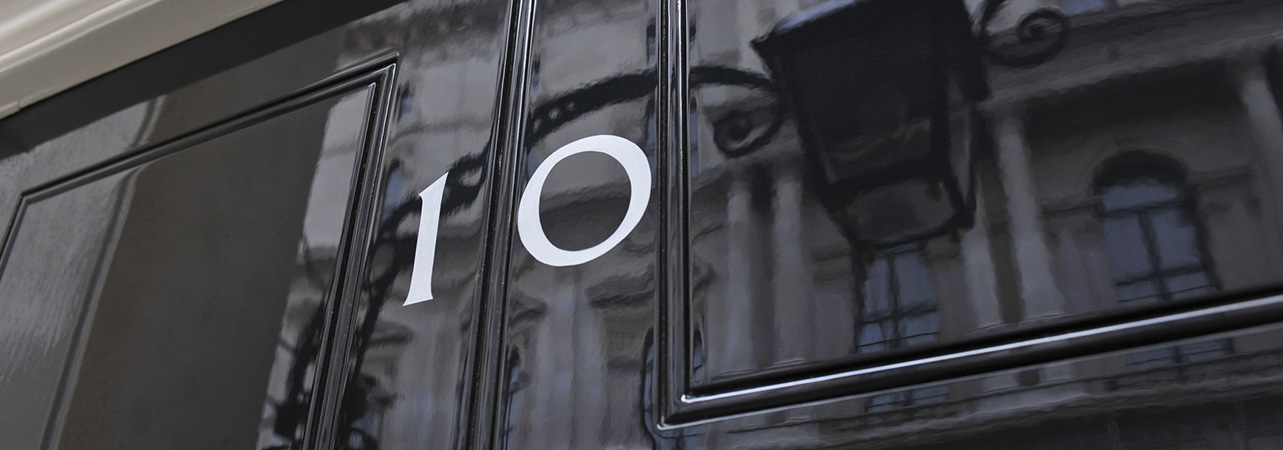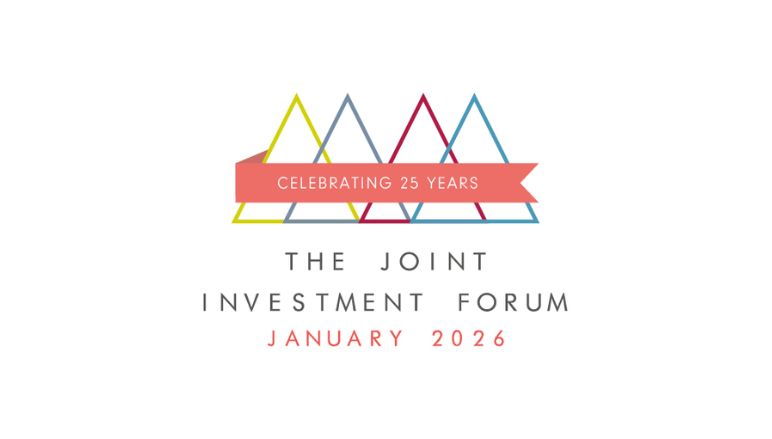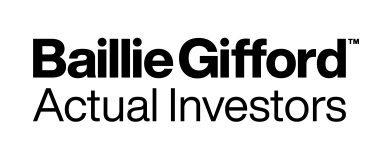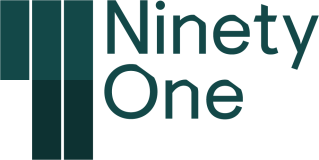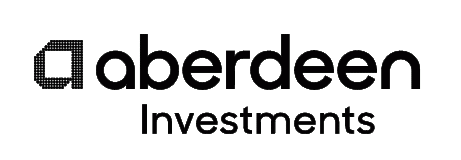In Labour’s first Budget since 2010, Chancellor of the Exchequer Rachel Reeves announced £40 billion-worth of higher taxes alongside increased investment in health, education, defence, housing and infrastructure.
- Employers’ NICs were raised to 15%
- Inherited pension pots will incur inheritance tax
- Capital gains tax rates were raised
“Invest, invest, invest”: in Labour’s first Budget since 2010, Chancellor of the Exchequer Rachel Reeves announced £40 billion-worth of higher taxes alongside increased investment in health, education, defence, housing and infrastructure.
“Income tax thresholds will remain frozen until 2028-29, after which they will rise with inflation”
Pressure on businesses: the rate of employers’ national insurance contributions (NICs) was raised from 13.8% to 15% from April 2025, and the earnings threshold at which employers become liable to paying NICs on an employee’s salary was cut from £9,100 to £5,000. The employment allowance was raised from £5,000 to £10,500. Meanwhile, the hourly National Living Wage for over-21s was raised from £11.44 to £12.21 from April 2025.
The main rate of corporation tax will remain at 25% during the current Parliament and the Chancellor announced 40% relief on bills for retail, hospitality and leisure up to £110,000 per business. CGT on carried interest – the share of profits received by private equity managers on successful deals – will rise from 28% to 32% from April 2025. The Energy Profits Levy on oil and gas profits will increase from 35% to 38%.
Taxes set to rise: the lower rate of capital gains tax (CGT) was raised from 10% to 18%, and the higher rate was raised from 20% to 24%. Residential property rates remained unchanged. Business Asset Disposal Relief (BADR) and Investors’ Relief (IR) will increase to 14% from April 2025 and 18% from April 2026.
The inheritance tax (IHT) threshold of £325,000 was extended from 2028 until 2030. Inherited pension pots will be liable to IHT from April 2027, and an effective IHT rate of 20% will be payable on agricultural land and businesses worth more than £1 million (in addition to the existing nil-rate bands) from April 2026. An effective IHT rate of 20% will be imposed on AIM shares.
The stamp duty surcharge payable on the purchase of second homes was raised from 3% to 5%. The Chancellor also announced a range of measures to replace the current “non-dom” tax regime . Income tax thresholds will remain frozen until 2028-29, after which they will rise with inflation.
Freeze on fuel duty extended: duty on draught alcohol will be cut by 1.7%. Duty on tobacco was raised and a one-off increase in tobacco duty will be imposed to incentivise consumers to switch from smoking to refillable vaping. Fuel duty was frozen for another year and the temporary 5p-per-litre cut in fuel duty was extended until March 2026.
Short-term boost for economic growth: according to the Office for Budget Responsibility, the UK economy is predicted to grow by 1.1% this year, 2% in 2025, and 1.8% in 2026. The rate of inflation is forecast to average 2.5% this year, 2.6% in 2025, and 2.3% in 2026. The current budget will be in deficit by £26.2billion in 2025-26 and £5.2 billion in 2026-27, after which it is predicted to move into a surplus of £10.9 billion in 2027-28. Public sector net borrowing will peak at 4.5% of GDP in 2024-25, falling to 3.6% in 2025-26 and reaching 2.1% by 2029-30. Borrowing policy is set to be restructured to allow increased spending on investment and infrastructure projects.
Missed opportunity: the Investment Association welcomed the Chancellor’s vision to “invest, invest, invest” but criticised the “missed opportunity” to encourage people to “reap the benefits of investing, such as ISA reforms”. Elsewhere, the British Chambers of Commerce (BCC) described the Budget as “tough … for business to swallow”, warning that higher employer NICs and the increased National Living Wage will place additional pressure on companies.


